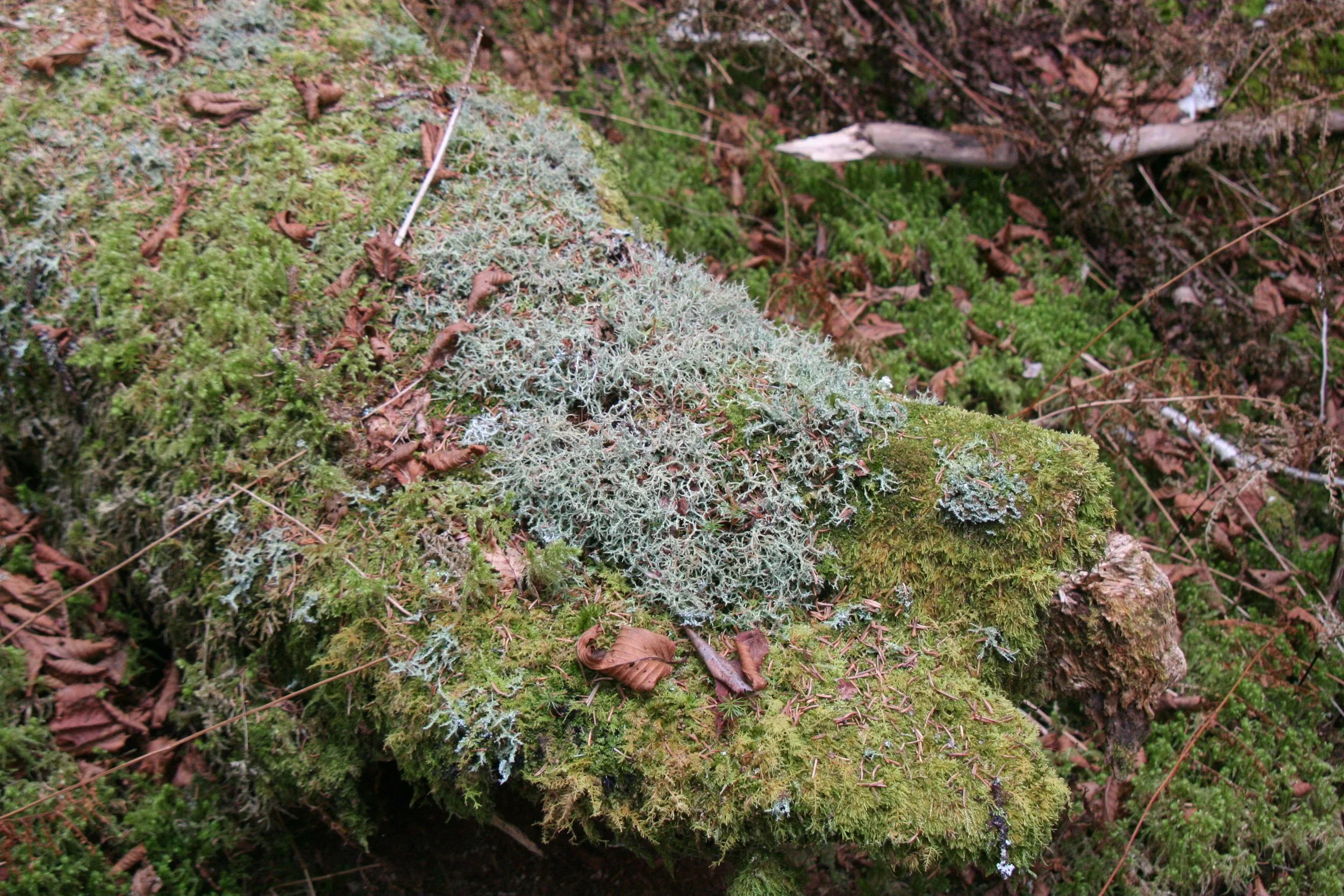

The Lichen Light Show of Mt. Rogers
Tracing the line of interdependence from lichens, to trees that host them, to the squirrels that planted them, and beyond, the entire ecosystem sprawls out through the window of just one tiny, slimy superorganism that clings to the harshest and most unforgiving environments.

Blue Ridge Discovery Center’s Fall Mushroom Walk
Twelve curious hikers joined Ken Crouse for his second annual BRDC mushroom walk on Saturday, September 19th. We met at Cox’s Chapel Low Water Bridge at 10am for a brief introductory show-and- tell prior to carpooling to a location across the river and into the woods.

Morel Mushroom
At this time of year, eager and intrepid mushroom hunters go in search of the highly sought morel. Understood by many to be one of the finest delicacies of the fungi world, hunters are loath to reveal their hot spots. The harvest window is sudden and short, meaning one has to be in the right place at the right time. Before I go any further, I am not an expert by any stretch, so do pay attention to the sources listed at the end of this feature.
Mushroom Walk at River Ridge Farm
Last Saturday's mushroom walk at River Ridge Farm was a great success! The weather was just perfect we had at least 16 participants. There was a lot of interest and excitement and the fungi were out in force. With the time we had; it was not possible to prepare a comprehensive species list. However, just in a quick run through I was able to ID 56 species from the walk. Not bad for a morning stroll through the forest!